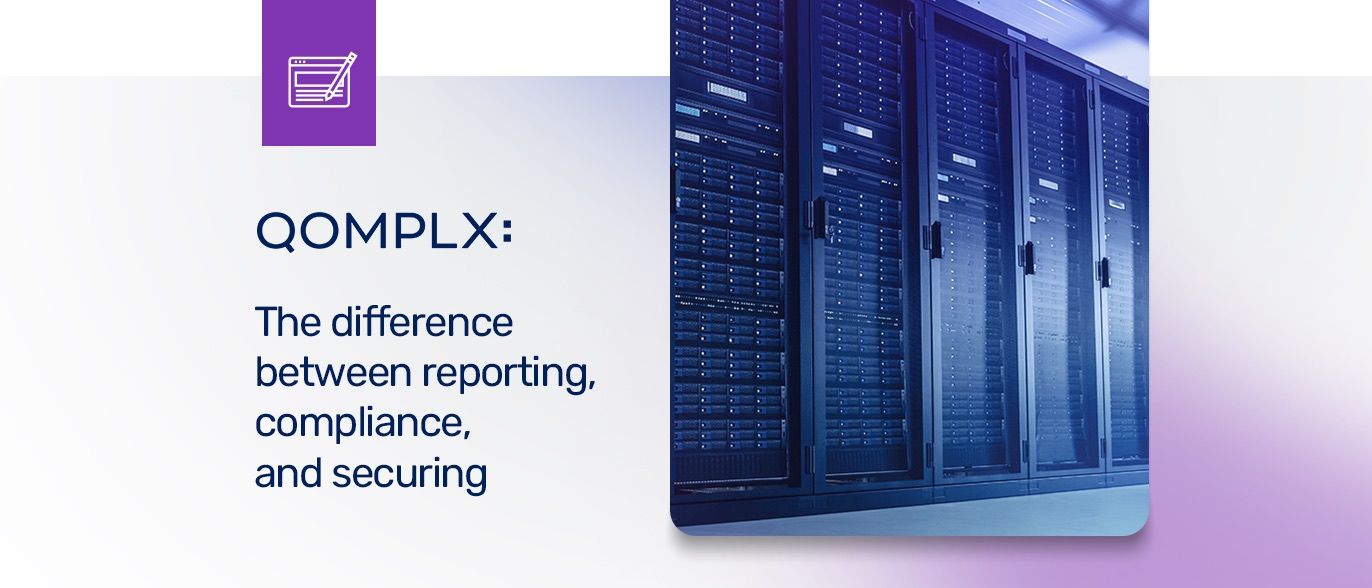When it comes to managing the security of an organization, there are three main concepts that often come into play: reporting, complying, and securing. While these terms are related, they are distinct and have different implications for an organization.
Reporting
Reporting refers to the process of documenting and sharing information about security-related events, incidents, and risks. Reporting can take many forms, including written reports, presentations, or automated dashboards. The purpose of reporting is to provide information that is relevant and useful to the stakeholders who need it, such as management, auditors, regulators, or customers.
Compliance
Compliance refers to the process of adhering to rules, standards, and regulations that are relevant to an organization. For example, an organization may need to comply with data protection regulations, such as the General Data Protection Regulation (GDPR), or industry-specific standards, such as the Payment Card Industry Data Security Standard (PCI DSS). Complying involves understanding the requirements of the relevant regulations or standards and implementing the necessary controls to meet these requirements.
Securing
Securing refers to the process of protecting an organization's assets, including information, systems, and people, from threats and vulnerabilities. Securing involves implementing a variety of security controls, such as firewalls, intrusion detection systems, and encryption, to prevent unauthorized access, protect against attacks, and minimize the risk of data breaches.
The importance of balancing reporting, complying, and securing
While reporting, compliance, and securing are distinct concepts, they are closely related and must be balanced in order to effectively manage the security of an organization. For example, an organization that focuses solely on complying with regulations may neglect the need for effective security controls, leading to a false sense of security. Similarly, an organization that focuses solely on securing its assets may neglect the need for effective reporting and compliance processes, making it difficult to demonstrate its security posture to stakeholders.
To balance reporting, complying, and securing, an organization must understand the interplay between these concepts and prioritize its efforts accordingly. For example, an organization may need to prioritize compliance with regulations that are directly related to its operations or customer base, while also implementing effective security controls to protect its assets. By balancing reporting, complying, and securing, an organization can ensure that it is effectively managing its security posture and meeting the needs of its stakeholders.





